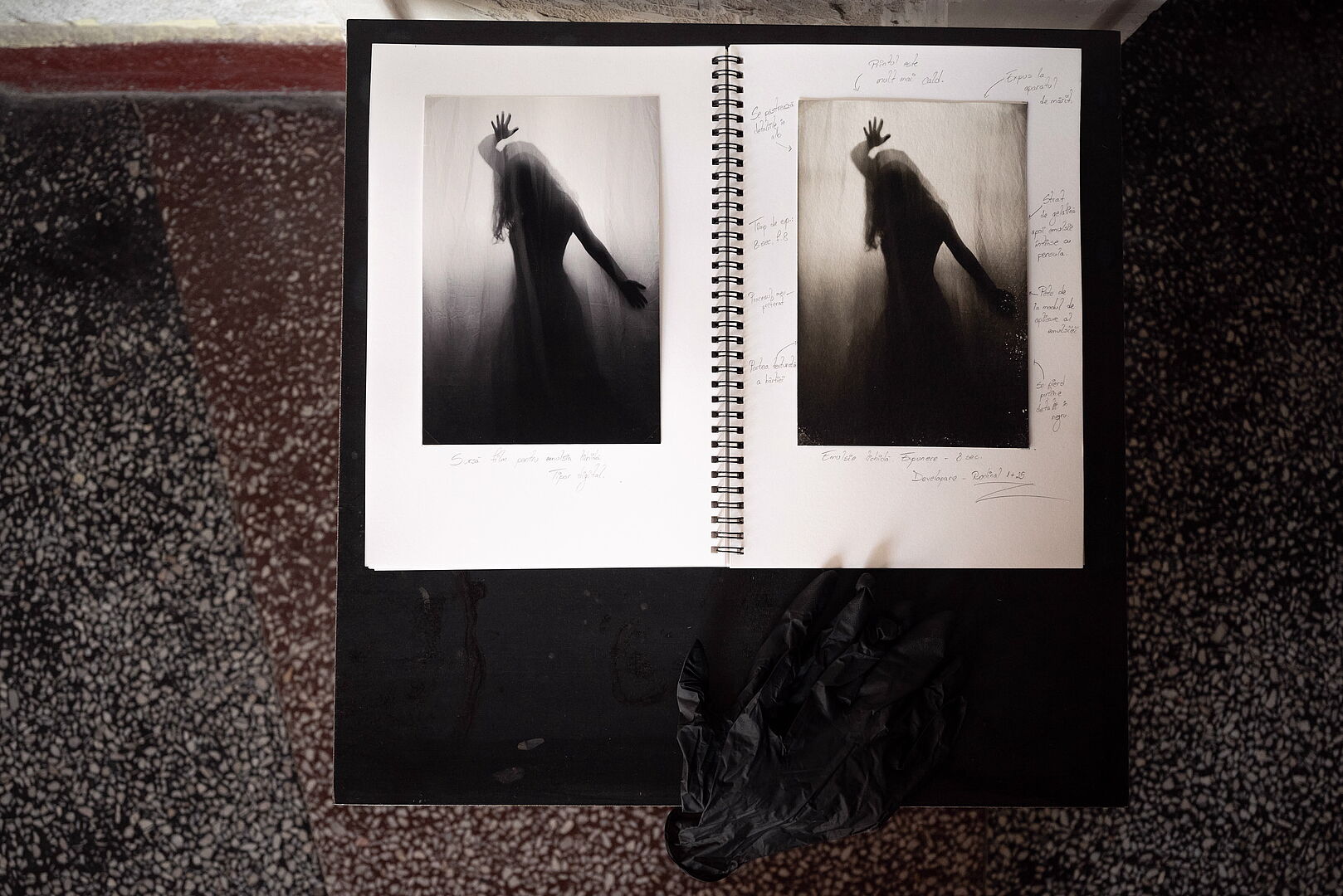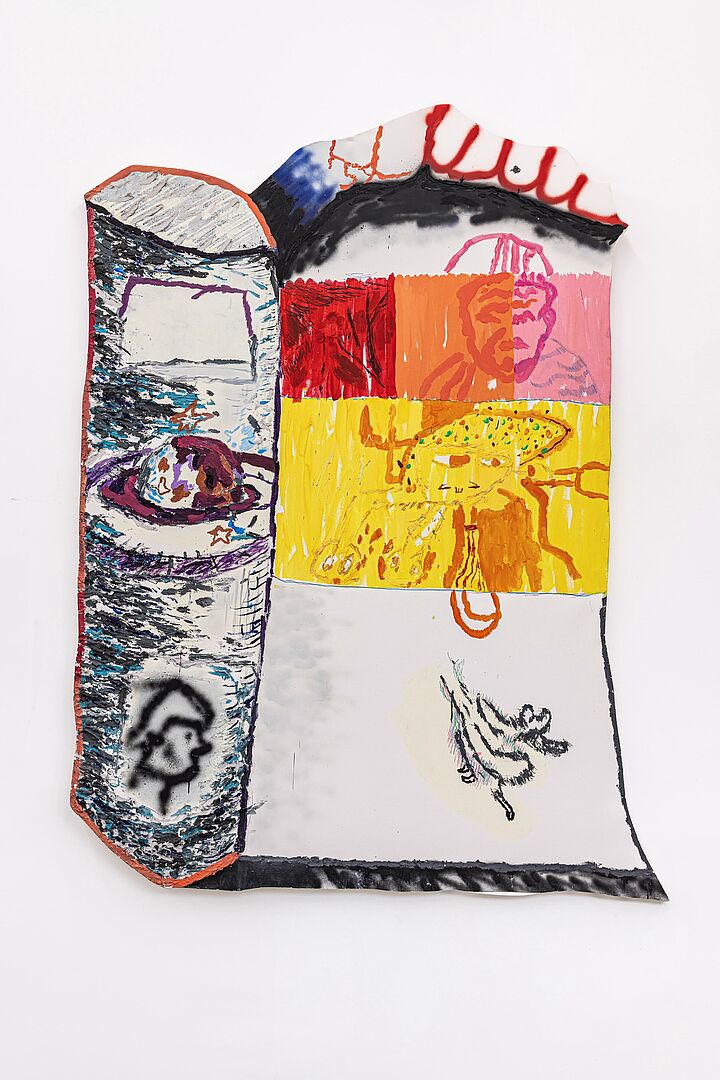Gastkünstler*innen des artists-in-residence program
Gastkünstler*innen AIR 2026
Vorstellung der internationalen Gastkünstler*innen, die von unseren Kooperationspartnern für einen Aufenthalt in Salzburg 2026 ausgewählt wurden.
Alexandra Costea

Unser Kooperationspartner in Timisoara, die West University of Timisoara, Faculty of Arts and Design hat Alexandra Costea für den Aufenthalt in Salzburg ausgewählt.
Geb. 2000 in Brașov, lebt und arbeitet in Timișoara (Rumänien)
Ihre Arbeit beschäftigt sich mit emotionalen Erinnerungen und der subtilen Beziehung zwischen Natur, Körper und Zeit.
Sie ist Absolventin der Fakultät für Kunst und Design der Westuniversität in Timișoara und hat zwei Master-Abschlüsse in Bildender Kunst mit den Schwerpunkten Foto-Video und Werbegrafik sowie Buchillustration und ist derzeit im PhD Studium.
Sie arbeitet mit analoger Fotografie, alternativen Techniken und neuen Medien und reaktiviert historische fotografische Verfahren wie Cyanotypie, Flüssigemulsion oder Salzdruck.
Artist statement:
„During the residency, I will develop a research-based artistic project focused on memory, belonging, and temporary forms of archiving. My work investigates how places are emotionally inhabited over time, especially in contexts of movement, displacement, and short-term dwelling.
Gábor Pap

oil-acrylic, shaped canvas (235 x 160), 2023
born. 1991, Szentes
Graduated at the Hungarian University of Fine Arts (Printmaking Department) in 2020.
Statement:
„Recently, while revisiting one of my university notebooks, I came across the note: “Let’s restore the honor of drawing!”
This sentence has stayed with me ever since.
After studying a wide range of philosophical, aesthetic, and art-theoretical texts, as well as the history of art in depth at the Hungarian University of Fine Arts, I came to the conclusion that a truly good contemporary artist in the 21st century must still be able to create something new and lasting, even if only a sheet of paper and a pencil are at hand.
During your program, I wish to continue working with drawing and with my own specific form of monotype.“


